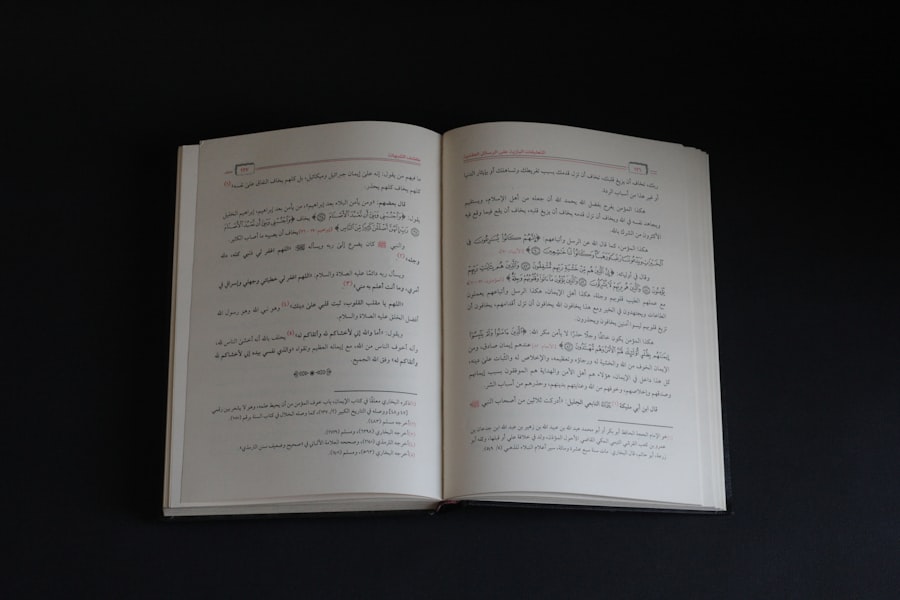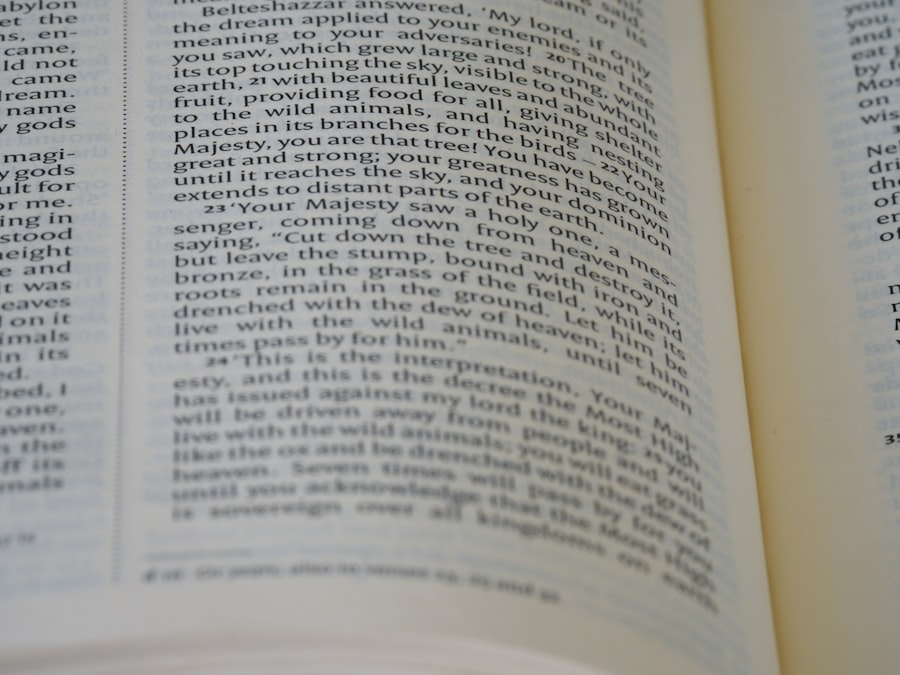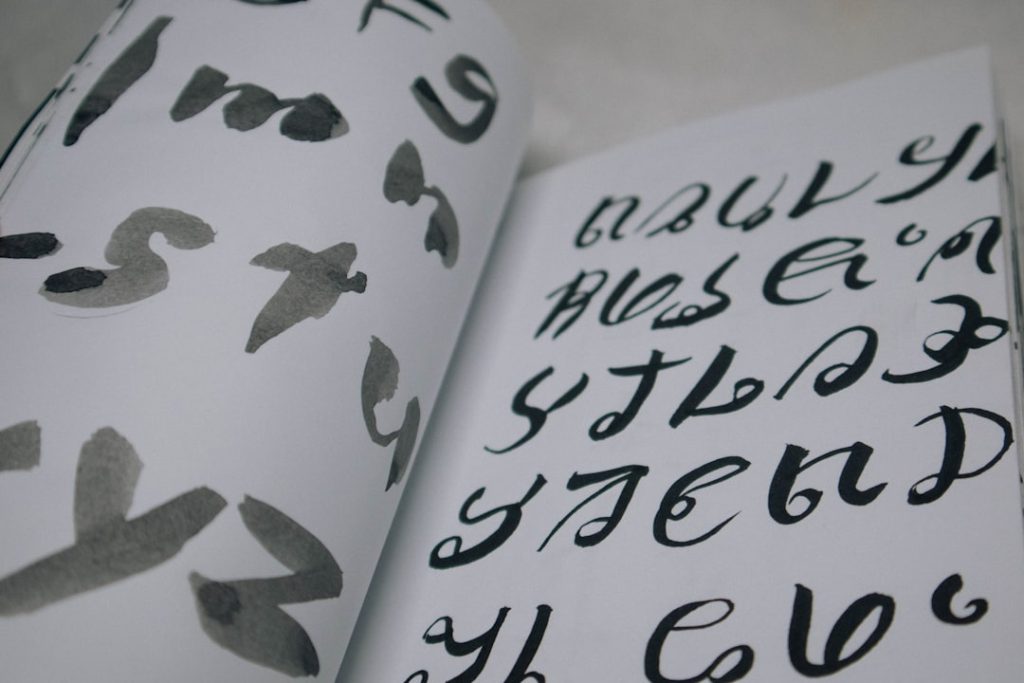When it comes to traditional wedding invitations, the wording often reflects a sense of formality and respect for the occasion. You might find that these invitations typically follow a classic structure, which includes the names of the couple, the date, time, and location of the ceremony. For instance, you could start with a phrase like “Mr.
and Mrs. John Smith request the honor of your presence at the marriage of their daughter, Emily Anne, to Mr. Michael James Brown.” This format not only conveys the essential details but also sets a tone of elegance and reverence for the event.
In traditional invitations, you may also notice that the language is often more formal and poetic. Phrases such as “together with their families” or “join us in celebrating” are commonly used to invite guests to share in the joy of the union. The use of full names, titles, and even the inclusion of the parents’ names adds a layer of respect and tradition that many couples appreciate.
You might consider using a classic script font to further enhance the formal feel of your invitation, ensuring that it aligns with the overall theme of your wedding.
Key Takeaways
- Traditional wedding invitation wording follows a formal structure and includes the names of the hosts, the couple, the date, time, and location of the wedding.
- Modern and creative wedding invitation wording allows for more personalization and unique language that reflects the couple’s personality and style.
- Casual and informal wedding invitation wording is more relaxed and may include playful language, non-traditional formats, and creative design elements.
- Destination wedding invitation wording should include travel and accommodation information, as well as any additional events or activities planned for the wedding weekend.
- Formal wedding invitation wording is similar to traditional wording but may include additional details such as dress code and RSVP instructions.
- Including parents’ names in wedding invitations can be done in various ways, such as listing the hosts’ names, including both sets of parents’ names, or using more modern language to acknowledge the families’ support.
- When writing wedding invitations, it’s important to proofread carefully, include all necessary details, and consider the tone and formality of the event.
- Examples of RSVP wording for wedding invitations can range from traditional “Kindly RSVP by [date]” to more creative and playful language that reflects the couple’s personality and wedding style.
Modern and Creative Wedding Invitation Wording
If you lean towards a more contemporary approach, modern wedding invitations allow for a great deal of creativity and personalization. You might choose to break away from traditional formats and instead opt for wording that reflects your unique personalities as a couple. For example, you could write something like, “We’re tying the knot!
Join us for a celebration of love as we say ‘I do’ on Saturday, June 15th.” This casual yet inviting tone can set the stage for a fun and memorable event. In modern invitations, you have the freedom to incorporate playful language or even inside jokes that resonate with your relationship. You might consider using phrases like “Let’s celebrate love, laughter, and happily ever after” or “Join us for a day filled with love and adventure.” The key is to ensure that your invitation reflects who you are as a couple while still providing all necessary details about the wedding day.
You could also experiment with different design elements, such as bold colors or unique typography, to further express your style.
Casual and Informal Wedding Invitation Wording

For couples who prefer a laid-back atmosphere, casual wedding invitations can perfectly capture the essence of your celebration. You might want to keep things simple and straightforward, using friendly language that invites your guests to relax and enjoy the day. An example could be, “We’re getting hitched!
Come celebrate with us on Saturday, July 20th at our favorite park.” This kind of wording sets a welcoming tone that encourages guests to feel comfortable and excited about attending. In informal invitations, you can also play with the structure and layout. Instead of adhering to strict formatting rules, you might choose to use bullet points or even a fun graphic to convey essential information.
Phrases like “Let’s eat, drink, and be married!” or “Join us for a backyard bash as we say ‘I do'” can add a touch of whimsy and charm. The goal is to create an invitation that feels approachable and reflects your personalities while still providing all necessary details about your special day.
Destination Wedding Invitation Wording
If you’re planning a destination wedding, your invitation should reflect the excitement and adventure of traveling to a new location for your special day. You might want to include details about both the wedding ceremony and any travel arrangements or accommodations for your guests. A sample invitation could read, “Pack your bags!
We’re getting married in beautiful Maui on April 10th. Join us for sun, sand, and celebration!” This wording not only informs guests about the wedding but also builds anticipation for the trip. When crafting destination wedding invitations, consider incorporating elements that highlight the location itself.
You could mention local attractions or activities that guests can enjoy while they’re there. Phrases like “Join us for a tropical getaway as we exchange vows on the beach” can evoke images of paradise and relaxation. Additionally, providing information about group rates at hotels or transportation options can be helpful for guests who may need assistance planning their trip.
Formal Wedding Invitation Wording
Formal wedding invitations are often characterized by their elegant language and structured format. If you envision a sophisticated affair, you might choose wording that reflects this level of formality. A classic example could be, “The pleasure of your company is requested at the marriage of Miss Sarah Elizabeth Johnson and Mr.
David Michael Thompson on Saturday, the fifth of October.” This type of wording conveys respect and sets an appropriate tone for a formal event. In formal invitations, it’s essential to pay attention to detail in both language and presentation. You may want to use traditional titles such as “Mr.” and “Mrs.” along with full names to maintain an air of sophistication.
Additionally, consider using high-quality paper and elegant fonts to enhance the overall aesthetic of your invitation. Including details such as dress code or reception information can also help guide your guests in preparing for your special day.
How to Include Parents’ Names in Wedding Invitations

Including parents’ names in wedding invitations is a time-honored tradition that can add depth and significance to your announcement. If you choose to honor this custom, you might start by determining how you want to present your parents’ names based on their involvement in your lives and the wedding planning process. For instance, if both sets of parents are hosting the event together, you could write, “Mr.
and Mrs. John Smith and Mr. and Mrs.
Robert Johnson request the honor of your presence…” This format acknowledges both families equally. Alternatively, if one set of parents is hosting while the other is not as involved, you might choose to highlight only those who are contributing to the event. In this case, you could say something like, “Mr.
and Mrs. John Smith request the honor of your presence at the marriage of their daughter…” This approach allows you to maintain respect for family dynamics while still honoring those who are playing an active role in your celebration.
Tips for Writing Wedding Invitations
When it comes to writing wedding invitations, there are several tips you can follow to ensure that your message is clear and inviting. First and foremost, make sure to include all essential details such as the date, time, location, and RSVP information. You might find it helpful to create a checklist before drafting your invitation so that nothing is overlooked.
Additionally, consider using a friendly yet respectful tone that reflects your personalities as a couple. Another important tip is to proofread your invitation carefully before sending it out. Typos or incorrect information can lead to confusion among your guests.
You may want to enlist a trusted friend or family member to review it as well; a fresh set of eyes can catch mistakes you might have missed. Finally, don’t forget about the design elements! Choose colors and fonts that align with your wedding theme while ensuring that all text remains legible.
Examples of RSVP Wording for Wedding Invitations
Including RSVP information in your wedding invitation is crucial for planning purposes, as it helps you gauge how many guests will attend. You might consider using clear and concise wording such as “Please RSVP by June 1st” or “Kindly respond by May 15th.” This straightforward approach ensures that guests understand what is expected of them regarding their attendance. You could also add a touch of creativity by incorporating playful language into your RSVP section.
For example, you might write something like “We can’t wait to celebrate! Please let us know if you’ll be joining us by filling out the card below.” Additionally, providing options for guests to indicate their meal preferences or whether they will be bringing a plus one can streamline the planning process even further. By making it easy for guests to respond, you’ll be able to focus on creating an unforgettable celebration together!
